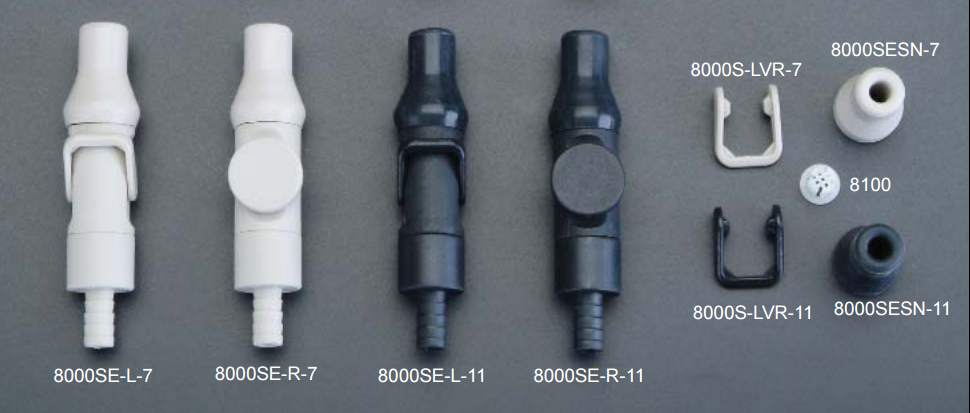


We also offer single-use suction devices. Our saliva ejectors have built-in, anti-retraction devices and a one-way valve that eliminates the risk of backflow yet doesn’t interrupt the capability of the suction device to take out moisture from the mouth. We also utilize the latest and most up-to-date tools, including latex-free saliva ejectors and high-volume ejector products. We clean, sanitize, and flush the vacuum lines after every patient. How Does Our Dental Clinic Use a Dental Saliva Ejector?Īt Northside Dental Clinic, patient safety is our priority.
SALIVA EJECTOR FREE
The dentist doesn’t need a free hand to worry about using one. It keeps the patient comfortable while undergoing dental treatment and makes it easier for the doctor or hygienist to accurately perform their job. Suction tools can sanitize the mouth for treatment.īenefits of Using a Dental Suction Device


In today’s post, we explain how our dental staff uses a saliva ejector or dental oral suction device for your mouth. DHCP should contact the manufacturer of the dental unit to review proper use and maintenance procedures, including appropriate cleaning and disinfection methods.Northside Dental Clinic is a leading provider of dental services in Springfield, Missouri. DHCP should not advise patients to close their lips tightly around the tip of the saliva ejector to evacuate oral fluids. A saliva ejector is used at the same time as other evacuation (high-volume) equipment.Īlthough no adverse health effects associated with the saliva ejector have been reported, dental health care personnel (DHCP) should be aware that backflow could occur when they use a saliva ejector.The suction tubing attached to the ejector is positioned above the patient’s mouth.There is pressure in a patient’s mouth (a result of closing their lips and forming a seal around the tip of the ejector) that is less than in the saliva ejector (similar to how liquid flows back into a cup after drinking through a straw).How does backflow occur when using a saliva ejector?īackflow occurs when previously suctioned fluids present in the suction tubing flow back into the patient’s mouth.


 0 kommentar(er)
0 kommentar(er)
